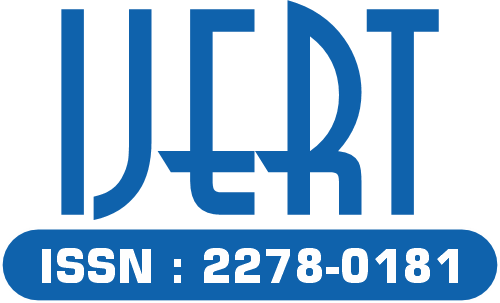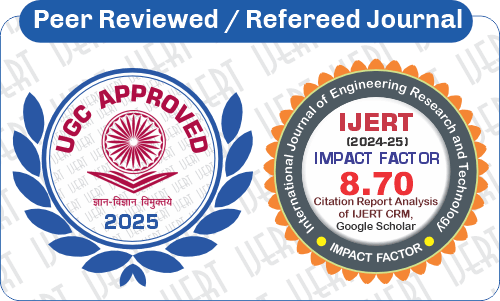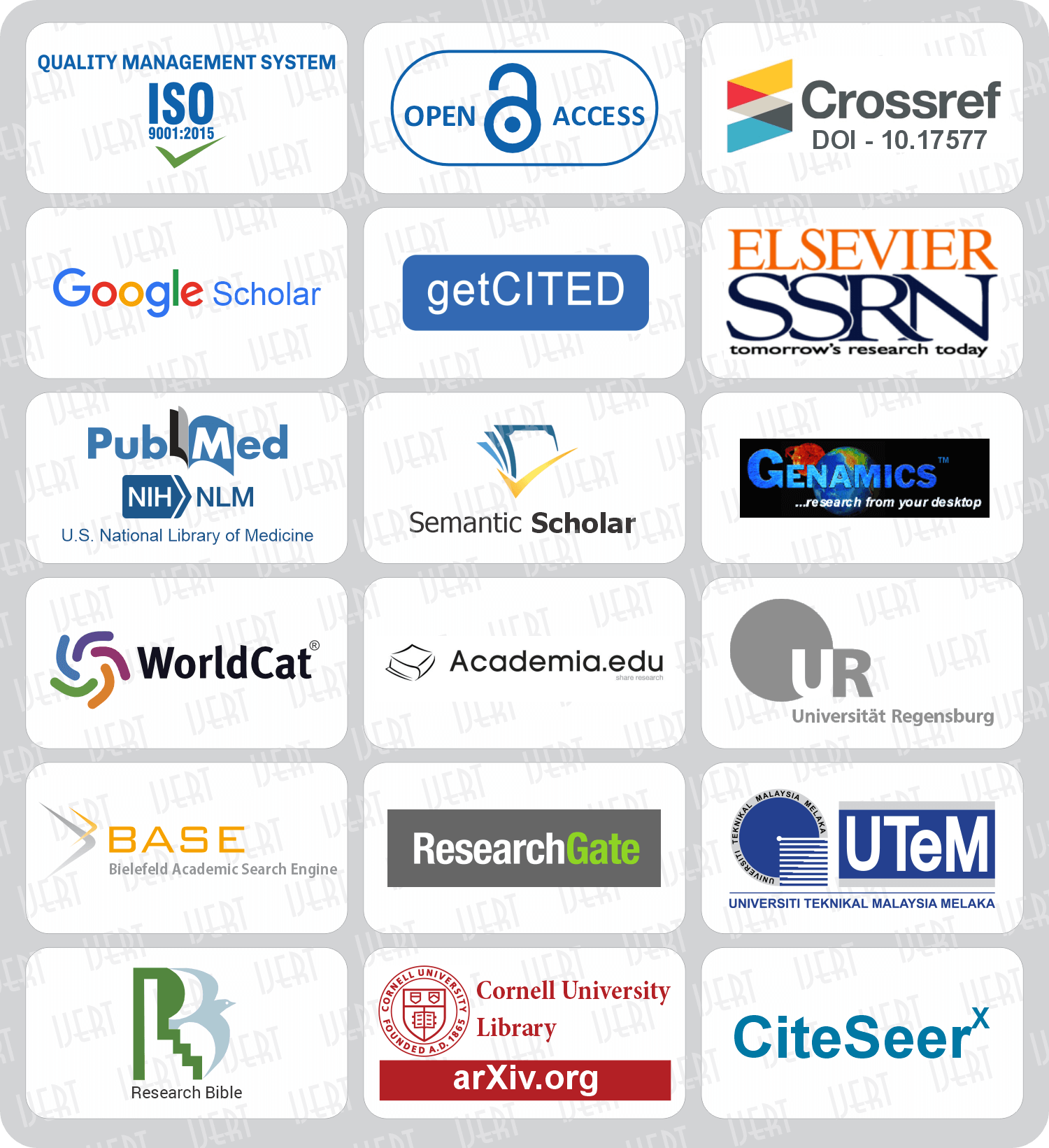 DOI : 10.17577/IJERTV14IS020002
DOI : 10.17577/IJERTV14IS020002

- Open Access

- Authors : Mukesh Kumar Sharma, Praveen Patil
- Paper ID : IJERTV14IS020002
- Volume & Issue : Volume 14, Issue 02 (February 2025)
- Published (First Online): 19-02-2025
- ISSN (Online) : 2278-0181
- Publisher Name : IJERT
- License:
 This work is licensed under a Creative Commons Attribution 4.0 International License
This work is licensed under a Creative Commons Attribution 4.0 International License
Modularity in Product Design
Mukesh Kumar Sharma TATA Technologies
Praveen Patil TATA Technologies
A B S T R A C T
During the last decades, the product life cycle in the automotive industry decreased from 10 to 6 years or even less. At the same time the demand for individualized and configurable vehicles has increased. This has led to new challenges in product design, development and production planning.
The challenges for manufacturers have changed a lot in the past decades and will change even further in the coming years. Companies are currently faced with the following challenges:
-
A soaring number of product variants with many product derivate
-
Accelerated market launches of new products and product variants
-
Longer production lifecycles
KEYWORDS : Modularity, Product Design, Modular Product
-
INTRODUCTION
Due to the changing boundary conditions described above the industry is motivated to think about new ways of developing, producing and distributing products. Conventional methods are no longer sufficient to speed up the planning and development processes, to reach budget targets and to manage the increasing complexity of new products. One of the generally accepted solutions to the problem of increasing product complexity is a modular product design. A key issue towards such a modularized product design is an early consideration of requirements and constrains coming from the production modules during the product design phase. The production of new products has to be possible with the modular production equipment; otherwise the advantages of modularization cannot be reached. Hence, an overall approach for the product development and the production planning is necessary.
As an example in the automotive industry, increasing number of vehicle models and variants has caused a need for new ways to design products. In the product development process new concept of modularity is introduced. On the one side, this requires an adjustment of the production strategies, but on the other side it opens new possibilities that were not imaginable in the past where this kind of modularization was not the rule. Indeed modularization in the product design leads to modularization in the production, which enables certain flexibility (ability to produce several products on the same production line).
-
DEFINITION OF MODULARITY
Modularity is one of the driving aspect of modern engineering world. The concept of making parts that are usable in multiple environment and platforms has taken the world by storm. This makes a system very simplified and easy to understand.
Modular design, or modularity in design, is an approach (design theory and practice) that subdivides a system into smaller parts called modules (such as modular process skids), which can be independently created, modified, replaced or exchanged between different systems.
Modularity is defined as the degree to which a system is made of independent but interlocking parts. Modularity in itself is a concept, which is applied in a wide range of applications, where there are complex and interconnecting systems. However, it is important to understand that a modular system is different from an integral system. Modular system is made up of independent part clusters called modules and these modules are connected using standard interfaces, while on the other hand, an integral system is made up of independent parts linked together. Part variety reduction example
The interface between part A1 and A2 with corresponding mating part B1 and B2 is analyzed. The mounting location in part A1 and A2 is communized to suit fitment of both parts B1 and B2. This resulted in single part AX in place of two parts A1 and A2. Thus verities reduced from two parts to one part.
.
-
EXISTING VS MODULAR APPROACH
It is important to understand that a modular system is different from an existing system. Modular system is made up of independent part clusters called modules and these modules are connected using standard interfaces, while on the other hand, an existing system is made up of independent parts linked together.
-
STEPS FOR MODULAR DESIGN
The modular architecture calls for consideration of various external and internal factors affecting the product. An exhaustive study of all the requirements is imperative, as it is difficult to remodel an already designed modular system. The module conceptualization stage takes into account an overview of the external environment as well as an assessment of the current product portfolio before designing modules. Enabling conditions can be created by alignment of tools, processes and organization structure with modularization.
-
External Environment Overview: External environment overview comprises market dynamics, competitor strategies and customer needs. Changes in the market scenario owing to technological upgrades and usage trends may affect product life cycle. Besides this, the introduction of new legislative norms or modifications in the existing ones also substantially affects the market. For example, the regulatory norms for emissions and safety are expected to bring about a significant technological change in the passenger vehicle segment, whereas for commercial vehicles, the newly announced axle load increase norms are resulting in new vehicle configurations. Thus, an understanding of market dynamics is crucial for module design. In addition to this, an organization should also consider the offerings of its competitors along with the major cost and performance drivers. These factors, together with the changing customer requirements, give an overview of the external environment for product modularization.
-
Portfolio Assessment: The re-use vs re-create conundrum can be addressed through evaluation of the internal factors i.e. portfolio assessment of the firms product range, available technologies and competencies. Product families are defined by taking into consideration the market segments, functional requirements and price- performance mapping results. Growth opportunities for the existing and upcoming products are identified and thereby the total number of variants is computed. The identified growth opportunities help to understand how long the proposed vehicle platform will exist and thus help to determine the degree of modularization.
The identified product families then undergo decomposition into systems, sub-systems and components. Design dependencies of these components are identified and the level of criticality for each of them is documented.
-
Module Conceptualization: All interchangeable vehicle modules are aligned to certain commonly defined coordinates called anchor points. In case of an engine, the position of engine cooling supply and return line is fixed with respect to the engine. This ensures varying degree of cooling as different radiator sizes can be packaged with different engine sizes. Similarly, powertrain options with varying horsepower can be interchanged at the anchor points without changing the chassis design of the vehicle.
-
As an example in commercial vehicle based on Vehicle architecture, divide it into different modules, example each aggregate can be treated as one module like steering system, frames, exhaust system etc. wheel base and rear axle configuration are th variable position modules whereas the cab, engine and front axle comprise of the fixed position modules with anchor points for other modules.
-
Each module further divided into sub modules, example sub-assemblies, components like fuel tank, mounting brackets, fuel lines etc.
-
The interface between different modules and sub-modules are studied.
-
Information of total verity of sub-modules are identified.
-
Key parameter/drivers such as regularity requirements, NVH requirements, ground clearance, packaging requirement etc. are identified.
-
Based on key parameters, part verity reduction, location commonization, shape commonization etc. is worked- out.
-
Note: The core function of the modules should not be affected or degraded by application of modularity.
-
-
EXAMPLES
-
EXAMPLE 1 – AUS TANK CAPACITY
To make the AUS tank capacity modular, the major parameter to be considered is the Fuel tank capacity. Below tables shows for different fuel tank capacities a single AUS tank capacity has been finalized. This helps in defining the AUS tank capacity and communizing the AUS tank tooling across platform based on similar engine type and fuel tank capacities.
Sr. No
Vehicle
Fuel Tank Capacity
AUS Tank Capacity
1
Vehicle 1
250 L
60L
2
Vehicle 2
3
Vehicle 3
4
Vehicle 4
5
Vehicle 1
350 L
6
Vehicle 2
7
Vehicle 3
8
Vehicle 4
400 L
9
Vehicle 5
10
Vehicle 6
AUS TANK DIMENSIONS
-
EXAMPLE 2 – AUS TANK MOUNTING LOCATION
A zone for mounting the AUS Tank can be standardize with respect to the position of its mounting bracket from Front axle centre line (FACL) and long member top(LMTOP). This approach helps in communizing the location of cut-out in the BUS body for AUS filling. Also ground clearance for AUS tank can be standardize.
Sr. No
Vehicle
Urea tank mounting bracket position from FACL (A)
Urea tank mounting bracket position from LMTOP (B)
1
Vehicle 1 Short Length Wheel Base (4-5 mt.)
1043
36.5
2
Vehicle 2 Mid Length Wheel Base (5-6 mt.)
3
Vehicle 3 Longer Wheel Base (>6 mt.)
42
-
EXAMPLE 3 FUEL TANK MOUNITNG BRACKET
For tanks which are close in capacity e.g. 60L, 90L and 120L, single mounting bracket design can be made. Based on the length of fuel tank the number of mounting brackets can be selected.
-
-
CONCLUSIONS
-
Modularity is a very powerful concept and if implemented strategically, can provide significant advantage for any industry.
Modularity has significant business benefits as listed below:
-
Cost Benefits: Modularity helps OEMs to achieve lower costs by allowing shared development costs and reduced production costs with shared tooling and processes. With increased feasibility of component modification, there is an increase in the number of common parts across models, thereby lowering costs further through additional economies of scale. In addition, supplier negotiations are simplified, as there are lesser number of parts to deal with. Various OEMs have stated that modularity could lead up to 20-30 % reduction in cost of developing new products once it is fully implemented. This could result in significant competitive advantage for the OEMs.
-
High Product Variety: Incremental changes in module parts can result in varied product configurations. This allows OEMs to offer more product variants with same number of parts as compared to the integral architecture.
Example
In non-modular product architecture, there could be several Fuel Tanks of same capacity but different in shapes for different platforms, but when modular approach is used for fuel tank designing, the verity can be reduced. So with modularity part count reduction can be achieved without affecting Vehicle function or feature.
-
Shorter Time to Market: Along with lowered costs, OEMs could also be benefitted with a shorter time to market with up to 25-30 % reduction in new vehicle development time. This is possible as modularity allows concurrent development of modules, incremental improvements in product, decoupled technology development and shorter time to test and validate. Thus, modularity can provide OEMs with a competitive advantage as it allows quicker adaptation of changing customer needs in dynamic markets and changing regulations.
-
Performance Improvement in Aftermarket: Modularity benefits the aftermarket with increased number of common spare parts, thus lowering inventory costs and simplifying processes. Commonality of spare parts helps customers in two ways. On the one hand, it helps in achieving economies of scale in ordering as well as manufacturing of spare parts, which is transferred to customers in the form of lower spare prices. On the other hand, it reduces the inventory holding cost by customers such as fleet owners as the mix of spares in the inventory goes down. In addition to spares, modularity also reduces the overall service cost for customers. The cost saved through common service tools and reduced variety of service personnel training is usually transferred to customers in the form of lower service charges.
Not only in automotive industries, modularity concept can be applied to any product design life cycle. Examples
-
In industrial design, modularity refers to an engineering technique that builds larger systems by combining smaller subsystems.
-
In software design, modularity refers to a logical partitioning of the "software design" that allows complex software to be manageable for the purpose of implementation and maintenance. The logic of partitioning may be based on related functions, implementation considerations, data links, or other criteria.
-
In self-reconfiguring modular robotics, modularity refers to the ability of the robotic system to automatically achieve different morphologies to execute the task at hand.
-




